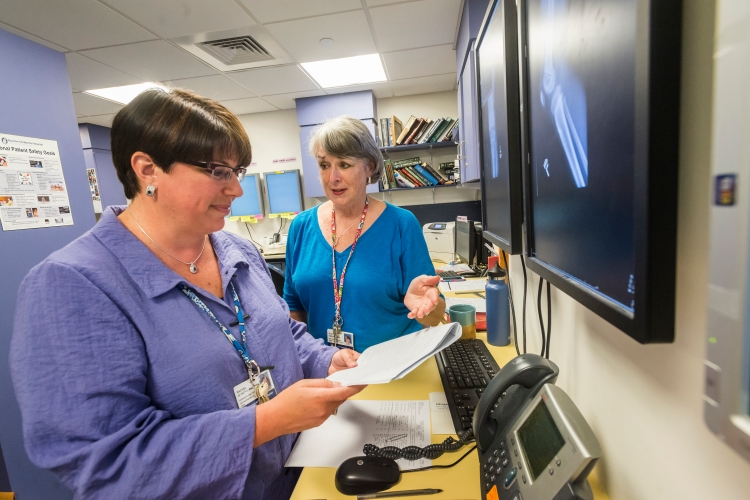
By
Every year in the United States, 20 to 28 percent of middle school students are victims of bullying. Despite the positive impact of school programs and public awareness campaigns, youth bullying remains a serious public health problem, according to Connell School of Nursing Professor Judith Vessey, a leading expert on bullying.
“Bullied children often experience a wide-range of psychosocial, academic and physical problems,” said Vessey, who holds the Leila Holden Carroll Chair in the Connell School. “And evidence shows that being bullied as a youth contributes to poorer life outcomes throughout adulthood. Yet there has been no standard requiring routine health care screening for bullying for kids.”
More than 90 percent of middle school youths make at least one visit to a health care provider annually, and Vesey says these encounters represent millions of missed opportunities for the early identification and intervention with those exposed to bullying, because health care providers do not routinely ask their young patients about bullying.
Vessey is looking to change that. With funding from the National Institutes of Health/Eunice Kennedy Shriver Institute of Child Health and Human Development, she and her research team are conducting a two-year study to create a bullying screening tool that can be used by health care providers with middle school youths.
“There is a critical need for health care providers to begin taking an active, systematic role in screening for youth bullying as they do for other common youth health concerns,” said Vessey.
She points out that the majority of interventions designed to identify and reduce bullying are school-based. In fact, in the last 15 years since bullying emerged as a serious public health issue, 49 states in the US have passed legislation or official policy for handling bullying. Schools have been mandated to have bullying prevention policies in place. Yet, says Vessey, research has shown that while these changes have made some difference in school culture, “we have not made significant progress in reducing the incidence of bullying.”
Vessey cites several reasons why school-based efforts have not been as robust as advocates had hoped: advances in technology that have moved bullying off of school property – limiting school administrators’ jurisdiction – and under parents’ radar; uneven distribution of resources for schools, where one district might have multiple social workers and psychologists on staff and another district does not even have a school nurse; school personnel’s difficulty in making mental health referrals.
Vessey contends that primary care offices and emergency departments are ideal settings for identifying bullied youth. In the ER, a doctor or nurse may see a young patient with a broken bone. They ask the youngster how it happened and the child responds, “I was running.” The response typically is “Be careful next time.” Vessey says, maybe the question should be “Why were you running?”
Likewise, adds Vessey, a patient complaining of a stomachache might have a virus, or might be anxious about going to school because he or she is being bullied.
The project’s co-researchers are Boston College alumnae, Tania Strout, PhD ’11, director of research in the Department of Emergency Medicine at Maine Medical Center and Rachel DiFazio, MS ’96, PhD ’13, pediatric nurse practitioner and nurse scientist at Boston Children’s Hospital. Lynch School of Education Professor Larry Ludlow is a project consultant.
The study is being conducted at Boston’s Children’s Hospital and Maine Medical Center. In the initial phase of the study, the researchers will conduct focus groups with children aged 10-15, and then survey educators, social workers and health care providers about bullying. The researchers will develop a pool of questions and create a self-reporting tool that will be tested among subjects at the two medical facilities. From that research, the team will develop a final screening tool of core questions to help health care providers identify patients who may be in need of intervention.
“My dream is that we mandate screening for bullying,” said Vessey. “But before we can do that, we need a brief, valid tool that can be used in busy clinic settings. I’m really excited about this. I think it can really make a difference.”



